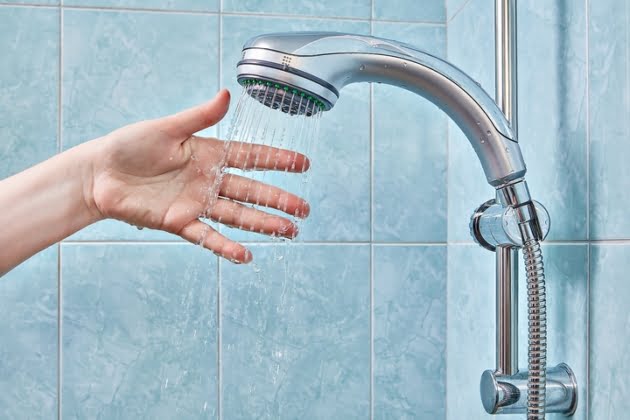As the outdoor temperature plunges in the winter months, you may find great comfort in a warm and steamy shower. However, the hot water is a diminishing commodity, sometimes not lasting for the entire duration of the shower. You could be in the middle of taking a warm shower, until the stream of pounding hot water feels as cold as ice. This sudden drop in water temperature may make you hop out of the shower as fast as possible!
The volatility in your shower temperature is common in the winter season. Numerous plumbing problems emerge during the colder months, which can affect your ability to enjoy hot water in a shower. Sometimes, your problem may be that the water is not getting hot enough in the shower. In more extreme cases, you may even have no hot water anywhere in your house.
Why does hot water go cold in the shower? There are many explanations, ranging from simple issues to more complex problems, all of which can be assessed with the help of plumbing services. You can enjoy a fully-functioning shower if you understand the underlying issues. Here are some possible reasons why hot water might be going cold in the shower:
1. The hot water in shower is being diverted elsewhere.
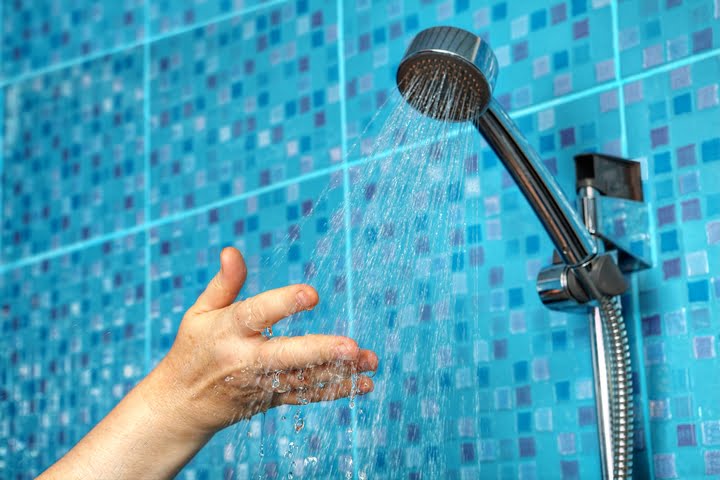
In most cases, the hot water in your shower is likely being diverted to other essential duties in the home. Some common scenarios could be refilling a flushed toilet or doing laundry in a washing machine. Most plumbing systems are designed using the “trunk and branch” system. In this design, the main pipe supplies water to smaller branching pipes, which divert the water to different plumbing fixtures of your home.
While this set-up is ideal for efficiency, its drawback is that all your plumbing fixtures share the same water supply. When someone in your home uses hot water to do laundry, they are diverting hot water away from the main pipe. However, cold water continues flowing to the shower, and suddenly there is no hot water to mix with the cold water. Your shower becomes ice-cold due to the shared use.
2. Your shower has a small tank storage heater.

Many people tend to take longer showers to warm up during winter. On average, 10 minutes is often enough to get yourself cleaned up, but some people might take 20+ minutes to finish up. If you fall into this category, you’ll notice the hot water might go cold around the three-quarter mark. This is because you have used up all the hot water in the shower.
Your shower can use five to six gallons of water a minute, depending on your set-up. With a typical 50-gallon storage-tank water heater, the hot water in shower may not last long enough. The solution to this is adopting a tankless system instead. With this approach, water is only heated at the point of use, meaning you won’t have to worry about running out of hot water.
While these systems only handle a limited amount of flow, they provide an unlimited supply of heated water. You could also install a bigger storage water heater or an expansion tank to ensure your hot water lasts longer.
3. Your shower’s temperature knobs are inverted.
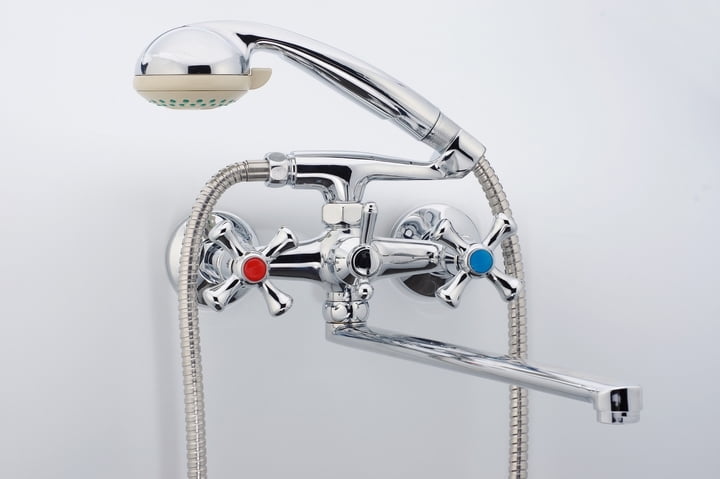
In some cases, the reason why your hot water goes cold in the shower is because the temperature knobs have been inverted. When it is turned towards the “H”, which stands for hot, you get cold water instead of hot water, and vice versa.
This is usually due to faulty faucet installation. It’s a common problem for homeowners who attempt do-it-yourself plumbing installations. Although installing new showers may appear easy, some systems contain complicated components that require expert care during the set-up.
An experienced residential plumber can perform the necessary repairs, which involves realigning the temperature-regulating cartridge in the faucet’s control mechanism. The cartridges are delicate and demand precise installation from a professional technician.
4. Your shower has faulty pressure-balancing valves.
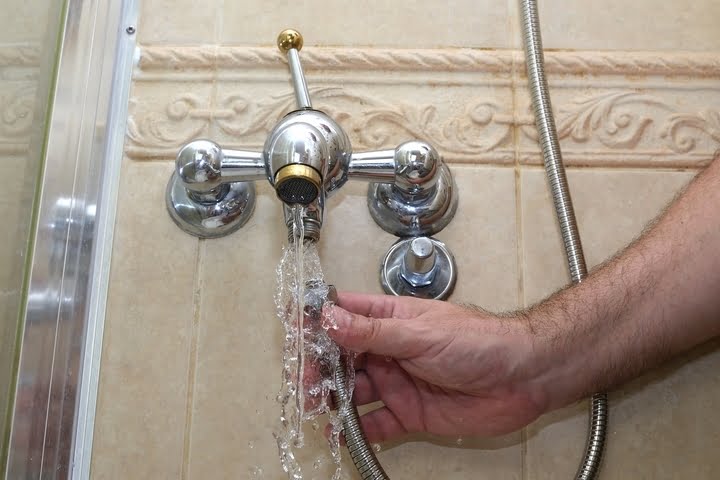
Faulty valves are common causes of temperature fluctuations in the shower. The pressure-balancing valves, also known as thermostatic mixing valves (TMV), blend cold water with hot water to provide constant and safe shower temperatures, preventing scalding.
Thermostatic mixing valves close and open according to the flow of water. If cold water levels drop due to a flushing toilet or a dishwasher in use, a faulty pressure-balancing valve may compensate for the drop. It does so by sending hot water to the shower instead of cold water. The solution, in this case, is to replace the thermostatic mixing valves. However, this task isn’t easy and requires professional attention.
5. There is an overzealous anti-scald ring in the shower.
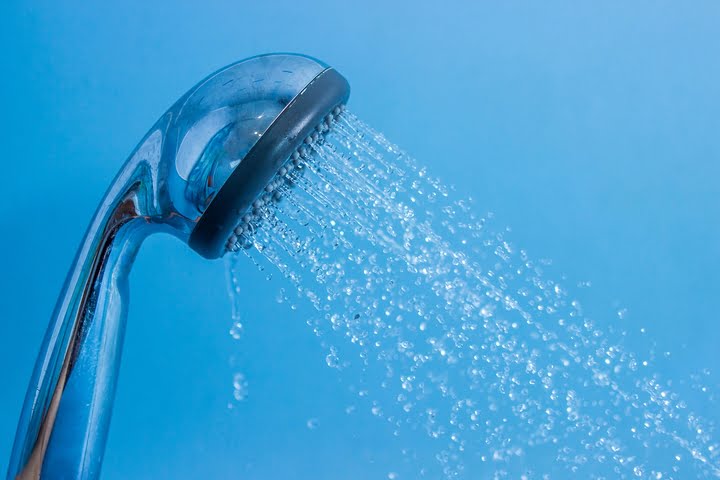
Although water temperature regulators are typically installed on water heaters, most modern showers come with an anti-scald ring. This component acts as an extra layer of defence designed to protect you from accidental burns in the shower. The devices operate by regulating the maximum cold water to hot water mixture in the faucet.
While incredibly useful, the anti-scald ring is sometimes set with an extremely low maximum temperature. As a result, the hot water goes cold quickly every time you turn on the shower. Adjusting an anti-scald ring by yourself is possible, but it requires precision for the installation to work properly. Unless you are confident in your skills, this task is best left to the professional plumbers.



